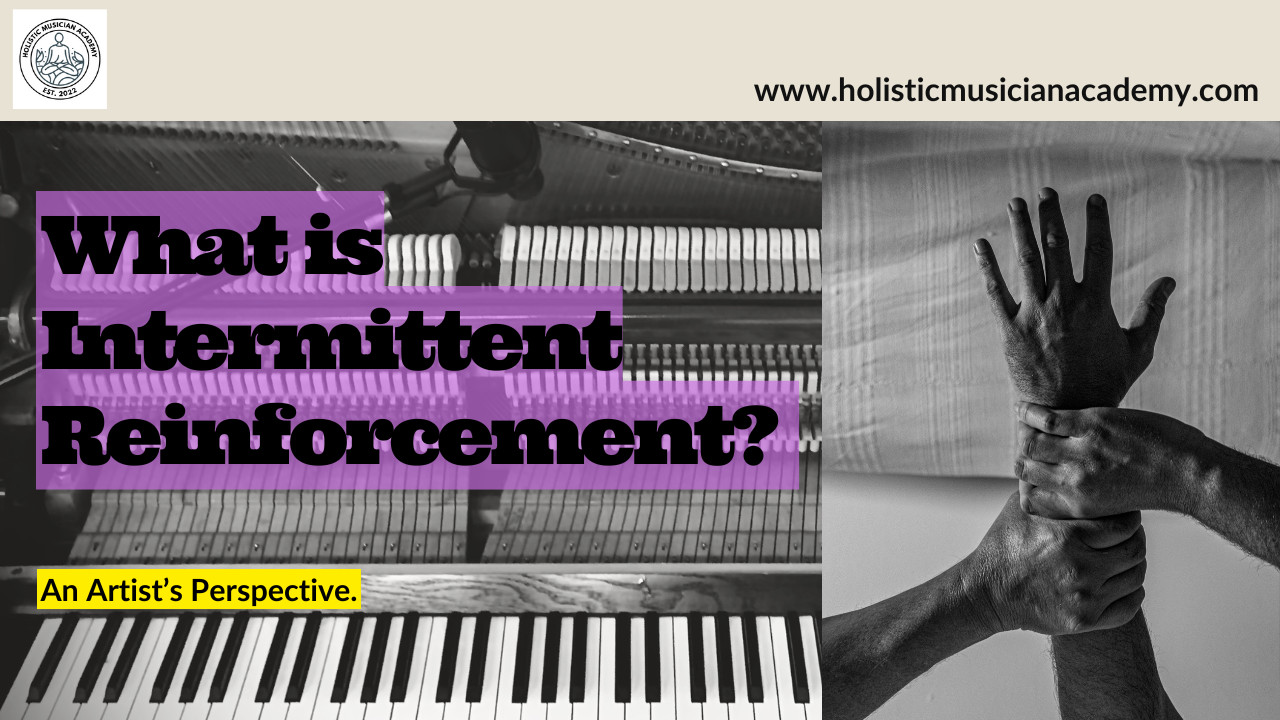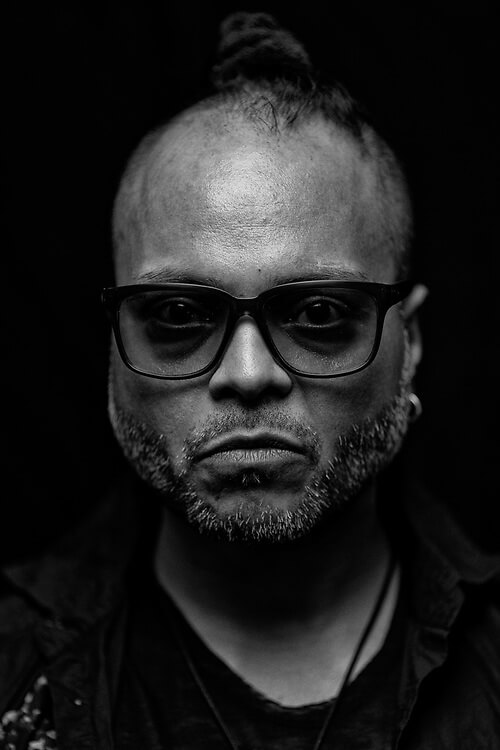
Dive into the complex dance between creativity and inconsistency, where unpredictability becomes strangely comforting and fuels the artistic journey with a subtle pull akin to gambling addiction. Understand intermittent reinforcement, a pattern that molds behavior through inconsistent feedback, reshaping the nervous system and embedding a sense of normalcy in shifting realities.
Read more...
Art often emerges as a vital sanctuary for those navigating life's deepest fractures, offering a sense of connection and safety. Yet, this very refuge can unwittingly evolve into a subtle trap, where unprocessed wounds forge unbreakable ties that blur the line. As artists chase authenticity and belonging, they may find themselves ensnared in cycles of pain and relief that hinder true growth and joy.
Read more...



